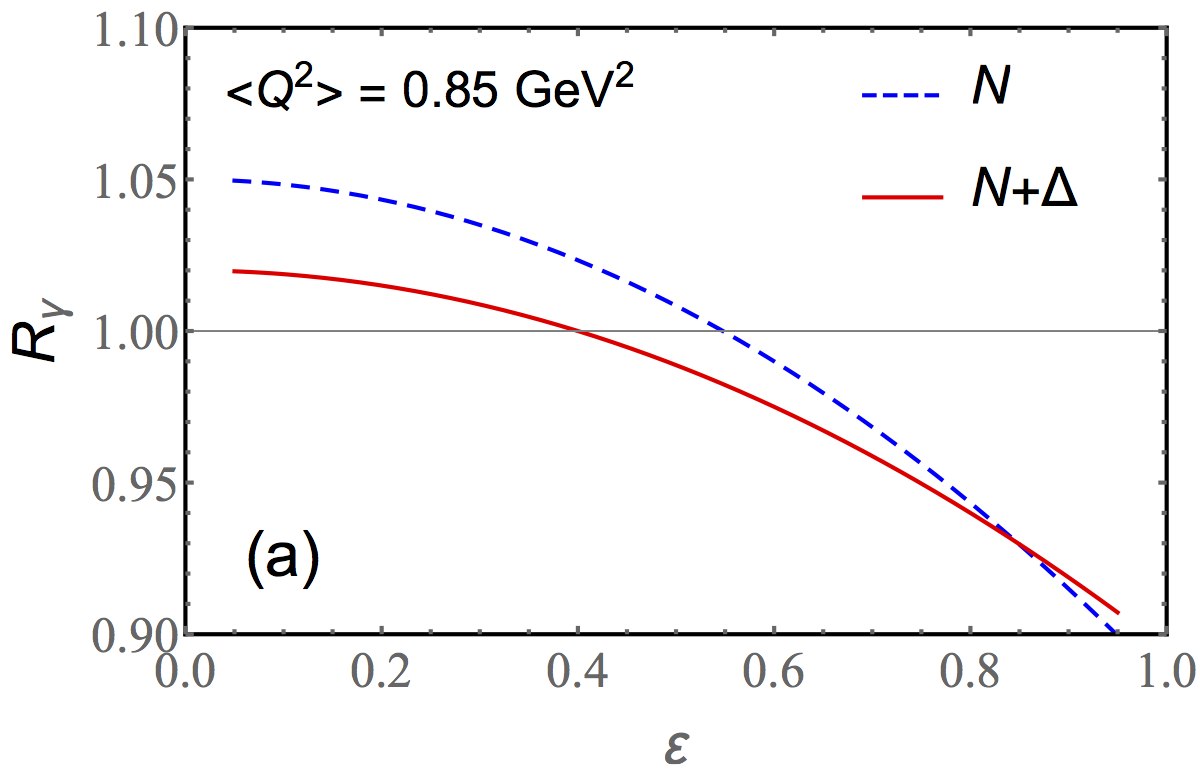I want to use Times New Roman fonts in the text in my plots because symbols in Arial look awful and unprofessional. I had no trouble in v9, but in v11 I can't seem to get it to use TNR, and it defaults to Arial no matter what I try. Here is an example:
Show[Plot[{1.05-x^2/6,1.02-x^2/8},{x,0.05,.95},
FrameLabel->{Style[Text[\[CurlyEpsilon]],FontSize->28],
Style[Text["Subscript[R,\[Gamma]]"],FontSize->28]},
BaseStyle->{FontFamily->"Times New Roman",FontSize->20},
Frame->True,FrameStyle->Directive[Thick,Large],
PlotStyle->{{Blue, Dashing[0.015], Thick},{Thick,Red}},
ImageSize->Large,PlotRange->{{0,1},{.9,1.1}},
AxesOrigin->{0,0},
PlotLegends->Placed[{Style[Text["N"],26],
Style[Text["N+\[CapitalDelta]"],26]},{0.8,0.82}]],
ListLinePlot[{{0,1},{1,1}},PlotStyle->{Gray,Thickness[0.002]}],
Graphics[Text[Text[Style["<Q^2> = 0.85 GeV^2",24]],{0.25,1.08}]],
Graphics[Text[Text[Style["(a)",30]],Scaled[{0.1,0.13}]]]]
Here is the output from v11, followed by the output from v9. In v11 the text is Arial, and only the axes are in TNR. However the axes are grey, and not crisp like in v9. I would like to be able to change the font in the document, not in the default stylesheet.





Text["N"]rather than just"N"? $\endgroup$Texts and setLabelStyle -> {FontFamily -> "Times New Roman", FontSize -> 20}it looks much closer to the v9 result. $\endgroup$